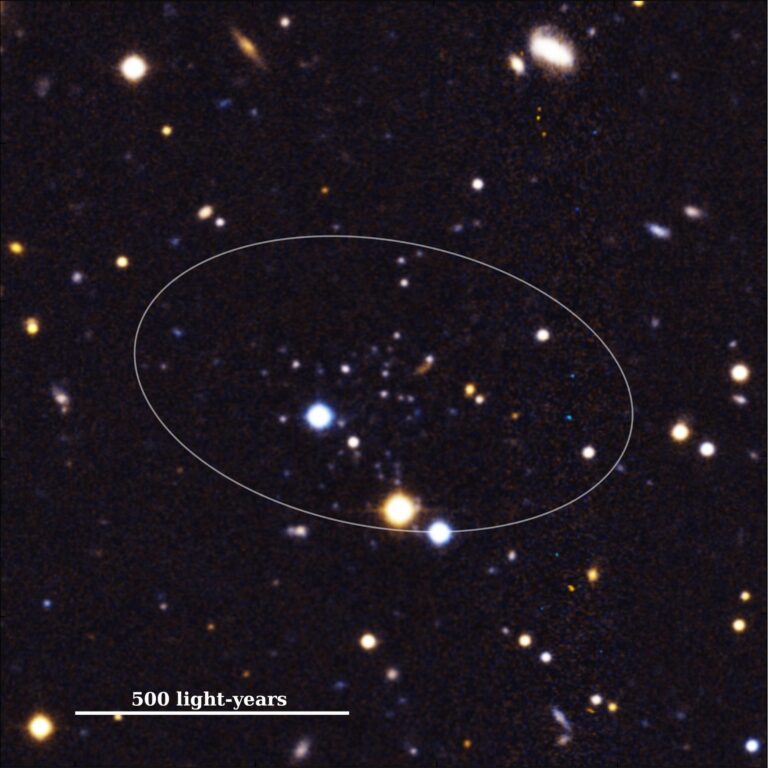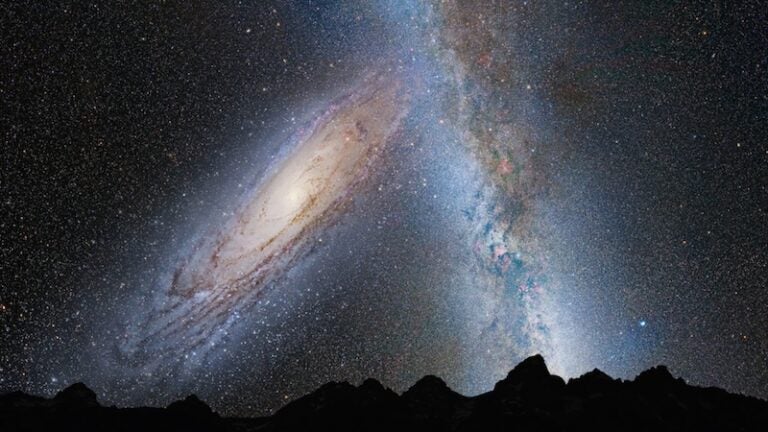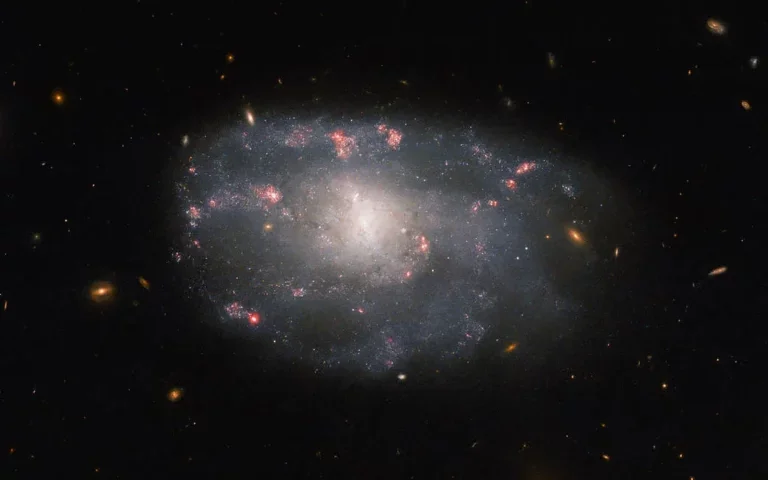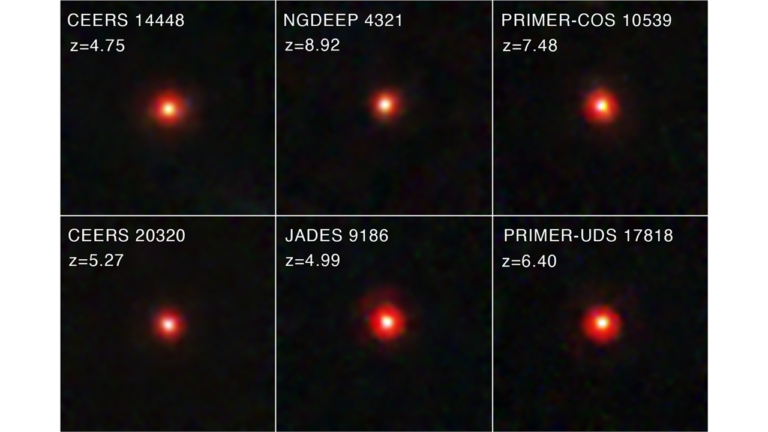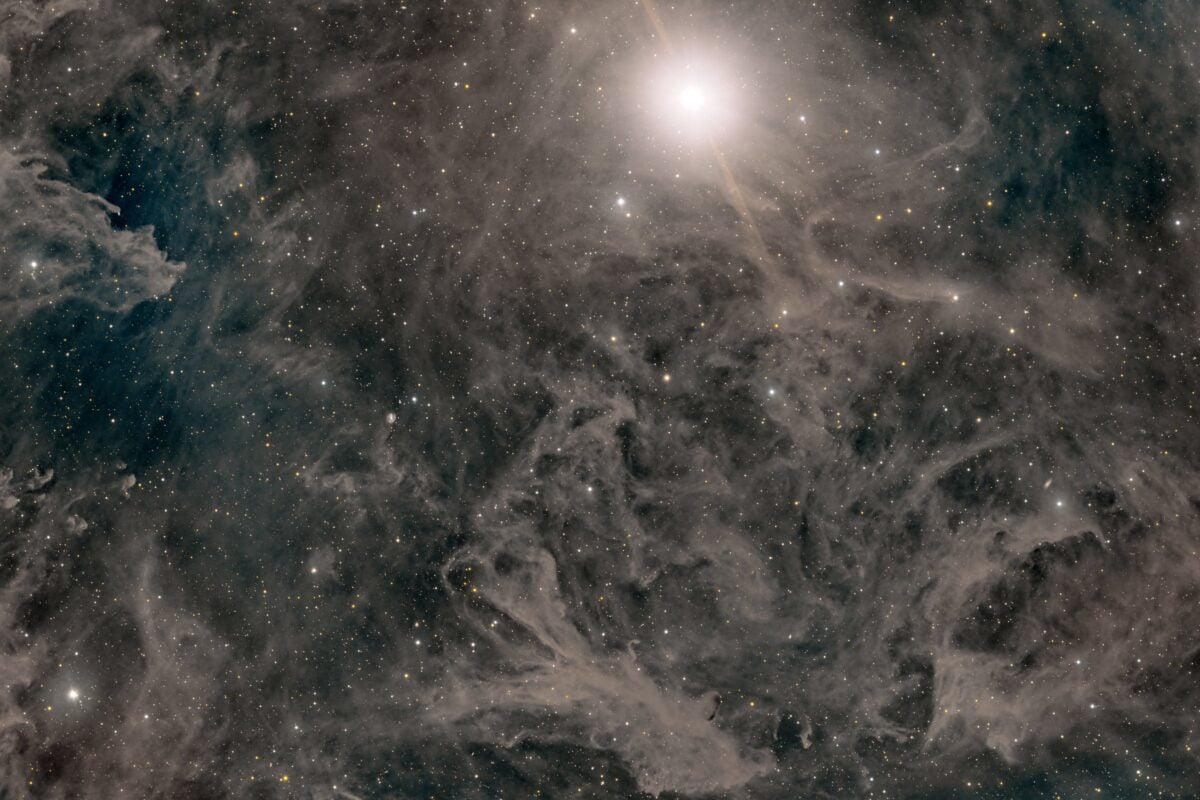
As black as space may seem, even the darkest corner of the universe gets light. Measuring that tiny glimmer — called the cosmic optical background (COB) — sheds light on the energy balance of the entire universe, one of cosmology’s holy grails.
With recent data gathered by the New Horizons spacecraft, now 57 times farther away from the Sun than Earth, astronomers believe they have finally quantified the COB. It is none other than the cumulative light of the hundreds of billions of galaxies formed since time began.
If you could capture this light coming from all directions in deepest space and place it in a bottle, it would glow no brighter than a firefly 3 feet (1 meter) away.
This is in line with what theory predicts, but it is a great relief to the team of astronomers whose prior study suggested a mysterious light source no one had considered. Compared to the estimated sum of all light generated by galaxies, their 2021 study was off by a factor of two.
“In our previous paper,” says lead author Marc Postman of the Space Telescope Science Institute in Baltimore, “we found there was as much light we couldn’t account for as light we could measure. The real ‘gotcha’ was that we simply weren’t as familiar with the distribution of dust in the Milky Way as we should have been.”
The new work was published Aug. 28 in The Astrophysical Journal.
How dark can space get?
Measuring how dark space is sounds simple, but to do so accurately is quite tricky. For starters, it can’t be done from the inner solar system because of a phenomenon familiar to stargazers: the zodiacal light. On Earth, this appears as a pyramid-shaped wedge of light in the predawn sky, caused by a cloud of dust particles that orbit the Sun and scatter its light.
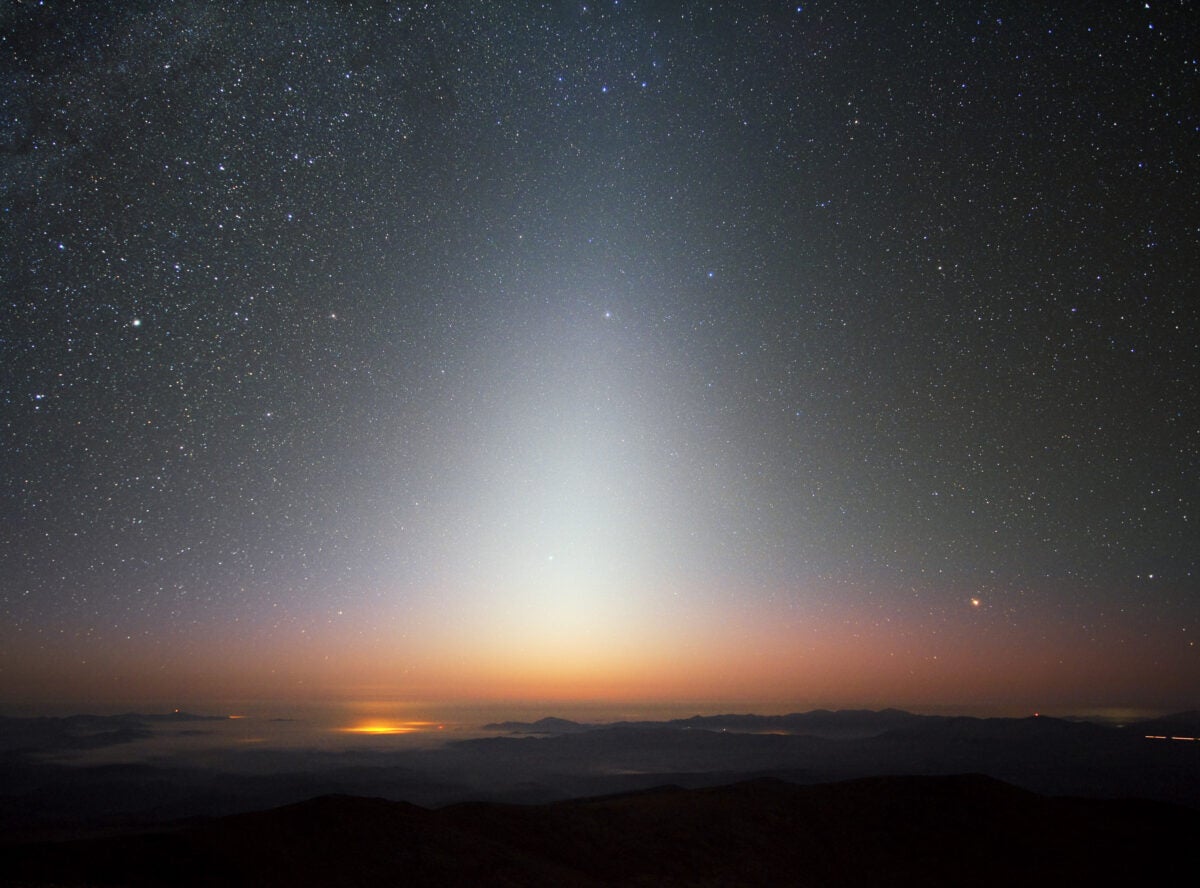
To escape this natural source of light, researchers turned to New Horizons, the spacecraft that made the first-ever flyby of Pluto in 2015. Though its instruments were never designed to measure the COB, researchers realized they could take advantage of the craft’s location, far out in the Kuiper Belt, where it is effectively immune to zodiacal light.
The team published initial findings in 2021, using observations from New Horizons’ archives where the craft happened to be aiming its camera out of the Milky Way’s disk, toward its poles. By choosing these fields, the team intended to avoid dust in the galaxy. But their analysis showed that the COB appeared brighter than expected — suggesting some unexplained cosmic component.
To investigate, the team then took new observations with New Horizons’ Long Range Reconnaissance Imager (LORRI) to create a more comprehensive survey of the COB that eventually included 23 fields of view. The team had to take care to position LORRI away from both the Sun and the luminous inner disk of the Milky Way as well as bright nearby stars.
Crucially, this broader survey allowed the team to make use of a map of galactic dust made by the European Space Agency’s Planck mission. Although those data were taken in far-infrared wavelengths, the team could compare them to its survey data and estimate how those dust clouds would scatter optical light and correct for it in the COB images. This approach was not available to the team back in 2021, when they had fewer data to work from.
The results showed that the team had originally underestimated the amount of light scattered by dust in the Milky Way — and overestimated the intensity of the COB. The previously unexplained brightness “was actually real galactic dust that happened to be at very high galactic latitude,” says Postman.
Infrared cirrus clouds are a major source of this light. These dusty, galactic filamentary structures emit in the far-infrared wavelength range but also scatter optical light. “It’s a very apt name, because it’s like cirrus clouds in our atmosphere,” says co-author Tod Lauer of the National Optical Infrared Astronomy Research Laboratory in Tucson. While cirrus clouds on Earth scatter sunlight, galactic cirrus clouds scatter light from stars in our galaxy — even when the source is nowhere near the clouds themselves. Because these high-latitude clouds lie outside the Milky Way and reflect light from the overall glow of the galaxy, amateur astronomers often refer to them as integrated flux nebulae.
Now that the contribution of galactic cirrus has been accounted for, “I think we are the first ones that can say it’s pretty clear that it’s just galaxies,” that produce the COB, says Lauer.
Their measurement of the COB is still slightly more than the estimated total of all galactic light. That leaves some wiggle room that could potentially accommodate future light source discoveries. But the simplest explanation, as Postman puts it, is that “what we see when we look at the cosmic optical background is the sum of all light that is produced from the history of star formation over the entire universe.”
The rest of the spectrum
Beyond optical light, astronomers are also keen to measure the rest of the electromagnetic (EM) spectrum in order to understand the complete energy budget of the universe. Adding up radio, infrared, optical, ultraviolet, and X-rays is the surest way.
The earliest such discovery was the cosmic microwave background (CMB) — and it was a complete accident. In 1965, two radio astronomers in New Jersey were tuning a microwave antenna to trap radio signals bounced from one point on Earth to another when they picked up constant, excess noise radiating from all directions.
Arno Penzias and Robert Wilson had stumbled upon something big — so big it was eventually called the Big Bang. It is the light that comes to us before there were any galaxies, any stars, or any black holes. Postman calls it the cooling embers of the Big Bang.
For 50 years, astronomers unsuccessfully tried to measure its optical equivalent. It took New Horizons — a little spacecraft with an 8-inch telescope and small black-and-white camera — plummeting past the farthest reaches of our solar system to finally get the answer.
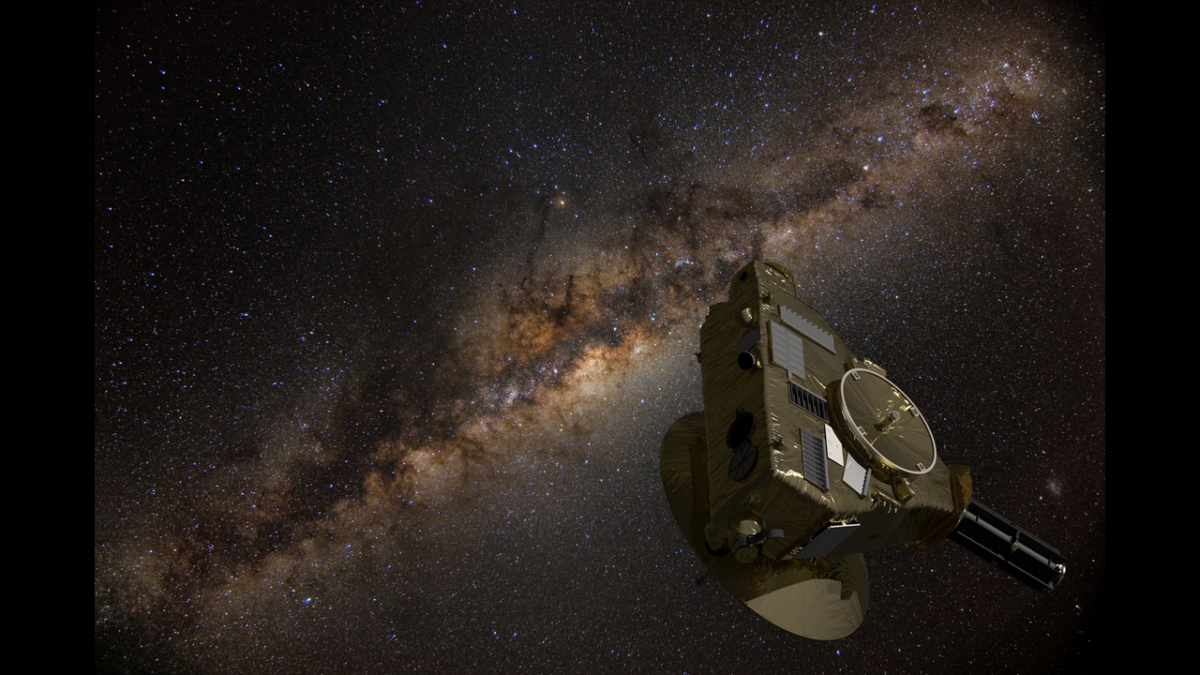
The next big EM band to solve after optical is infrared, but the lion’s share of energy is still thought to be in the CMB. Even though they are low-energy photons, their abundance adds up to a lot of total energy. After the radio regime, the most energetic EM band is optical, and thanks to Postman’s recent study, astronomers are one step closer to understanding the power of the universe.
“It was a learning process,” says Postman, “but, in the end, it resulted in the most significant detection of the cosmic optical background that’s ever been made.”


